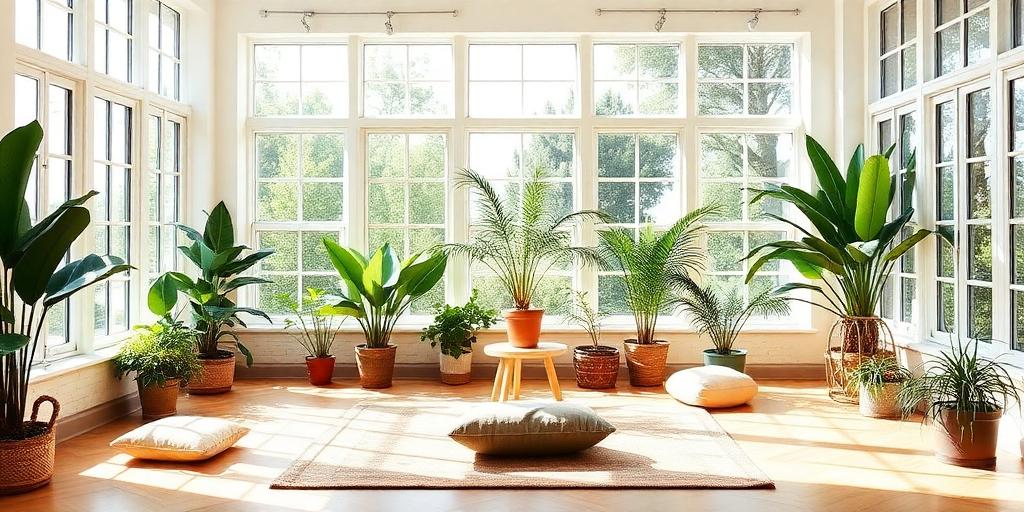The Growing Trend of Creating Sacred Spaces within the Home
In today's fast-paced and often chaotic world, the need for tranquility and personal connection has never been greater. This has led to a growing trend: the creation of sacred spaces within the home. These spaces serve as personal sanctuaries, offering a refuge from the stresses of daily life and fostering a sense of inner peace and well-being.
What is a Sacred Space?
A sacred space is more than just a quiet corner. It is a deliberately designed area dedicated to introspection, relaxation, and spiritual practice. This space is tailored to individual needs and preferences, reflecting personal beliefs and values. It's a place where one can disconnect from external distractions and connect with their inner self.
Why Create a Sacred Space?
There are numerous benefits to establishing a sacred space within your home:
- Stress Reduction: A dedicated space for relaxation can significantly reduce stress and anxiety levels.
- Enhanced Mindfulness: Encourages mindful presence and awareness of thoughts and feelings.
- Improved Mental Clarity: Provides a space for contemplation and gaining clarity on personal goals and challenges.
- Spiritual Connection: Facilitates a deeper connection with one's spirituality, regardless of personal beliefs.
- Increased Self-Awareness: Promotes introspection and self-reflection, leading to greater self-understanding.
Elements of a Sacred Space
Creating a sacred space is a personal journey, and the elements included will vary depending on individual preferences. However, some common elements include:
- Location: Choose a quiet area in your home where you feel comfortable and undisturbed.
- Comfort: Incorporate comfortable seating, soft lighting, and calming colors.
- Nature: Bring in natural elements such as plants, stones, or water features to create a sense of serenity.
- Symbolism: Include items that hold personal significance, such as religious symbols, crystals, or meaningful objects.
- Sensory Elements: Engage the senses with aromatherapy, calming music, or tactile objects.
How to Create Your Own Sacred Space
- Identify Your Needs: Consider what you hope to gain from your sacred space. Are you seeking stress relief, spiritual connection, or simply a place for quiet reflection?
- Choose a Location: Select a space in your home that feels peaceful and private. It could be a spare room, a corner of your bedroom, or even a small outdoor area.
- Clear the Clutter: Remove any unnecessary items that could be distracting or stressful. Keep the space clean and organized.
- Incorporate Comfort: Add comfortable seating, soft blankets, and pillows to create a cozy and inviting atmosphere.
- Personalize the Space: Include items that hold personal meaning and reflect your beliefs and values.
- Establish a Routine: Make time to use your sacred space regularly, even if it's just for a few minutes each day.
Examples of Sacred Spaces
- Meditation Room: A dedicated space for meditation and mindfulness practices.
- Yoga Studio: A home studio for practicing yoga and other forms of movement.
- Reading Nook: A cozy corner for reading and relaxation.
- Art Studio: A space for creative expression and artistic pursuits.
- Spiritual Altar: A dedicated space for prayer, reflection, and connecting with one's spirituality.
Conclusion
The trend of creating sacred spaces within the home reflects a growing need for inner peace and connection in a chaotic world. By designing a personal sanctuary, individuals can cultivate mindfulness, reduce stress, and enhance their overall well-being. Whether it's a meditation room, a yoga studio, or a simple reading nook, a sacred space provides a refuge from the demands of daily life and fosters a deeper connection with oneself.









